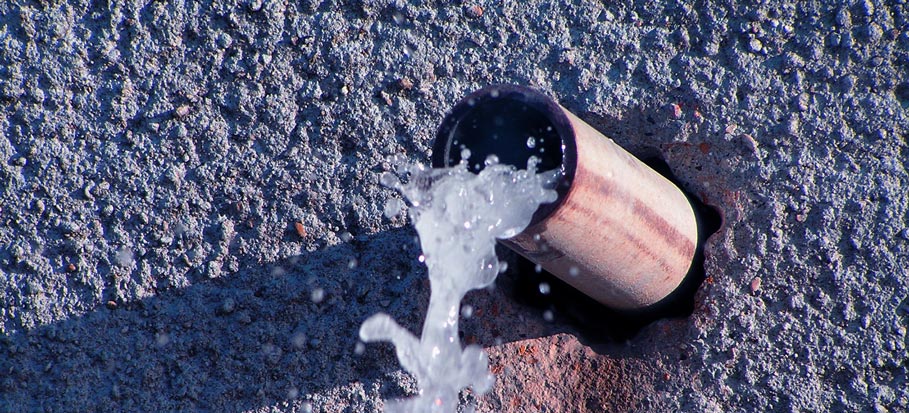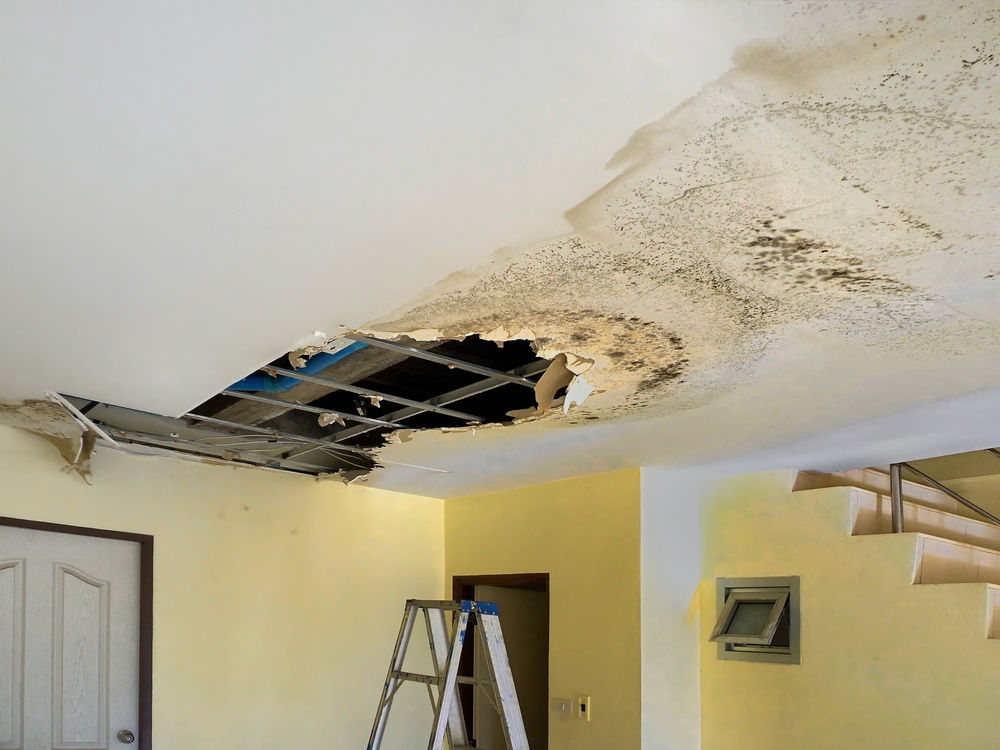Listed here in the next paragraph yow will discover a lot of very good insight all about Hacks to detect leaks.

Early detection of leaking water lines can alleviate a possible catastrophe. In addition to conserving you cash, it will reduce the irritation and irritation. The moment you find a leakage, calling your plumber for repairs is the best option. Nevertheless, some small water leaks might not be visible. If you can not identify it with your naked eyes, here are some hacks that assist.
1. Take A Look At the Water Meter
Every residence has a water meter. Checking it is a surefire manner in which assists you discover leakages. For beginners, turn off all the water sources. Make certain no one will certainly flush, use the faucet, shower, run the washing device or dish washer. From there, most likely to the meter and also watch if it will certainly transform. Given that no person is utilizing it, there should be no motions. If it moves, that suggests a fast-moving leak. If you spot no modifications, wait an hour or two and also check back again. This means you might have a slow leakage that could also be below ground.
2. Inspect Water Consumption
Examine your water costs as well as track your water intake. As the one paying it, you ought to see if there are any inconsistencies. If you detect sudden changes, despite your usage coinciding, it indicates that you have leaks in your plumbing system. Keep in mind, your water bill ought to fall under the same range monthly. An unexpected spike in your expense suggests a fast-moving leakage.
At the same time, a consistent boost every month, despite the exact same habits, shows you have a slow-moving leakage that's additionally gradually intensifying. Call a plumber to thoroughly examine your property, specifically if you feel a warm location on your floor with piping underneath.
3. Do a Food Coloring Test
When it involves water consumption, 30% comes from bathrooms. Test to see if they are running appropriately. Drop specks of food shade in the storage tank and wait 10 mins. There's a leak in between the storage tank as well as bowl if the color in some way infiltrates your bowl during that time without flushing.
4. Asses Exterior Lines
Don't fail to remember to inspect your outdoor water lines too. Test faucets by affixing a garden hose. Should water permeate out of the link, you have a loose rubber gasket. Replace this and also make certain all connections are limited. It will help get it expertly checked out and preserved each year if you've got a lawn sprinkler system. One little leak can squander tons of water and spike your water expense.
5. Check as well as Examine the Scenario
Home owners must make it a routine to inspect under the sink counters and also inside cupboards for any kind of bad odor or mold development. These 2 red flags suggest a leak so punctual interest is called for. Doing routine evaluations, also bi-annually, can conserve you from a major problem.
Inspect for stainings and deteriorating as many appliances as well as pipelines have a life span. If you suspect dripping water lines in your plumbing system, do not wait for it to escalate.
Early discovery of dripping water lines can minimize a possible disaster. Some little water leakages may not be visible. Inspecting it is a guaranteed way that aids you uncover leaks. One little leakage can waste loads of water and also surge your water bill.
If you believe dripping water lines in your plumbing system, don't wait for it to intensify.
How to Know If Your Home Has a Hidden Leak
Water Meter Reveals Inexplicable Water Usage
If you’d like to test whether or not there’s a leak somewhere in your home, you can do this using your water meter. Here is how to conduct the test:
Don’t use any water in your home for at least 30 minutes; this also means not turning on faucets or water-using appliances.
Go outside, and check your water meter for activity.
If your water meter shows that there was activity, even though no one was using any water, this proves that there is a leak in your home.Visible Mold or Mildew Growth
Leaks behind walls create moist, dark environments that allow mold and mildew to grow and thrive. Eventually, you might see mold growth forming on the wall closest to a hidden leak.
If mold is growing in an area that receives a high amount of moisture, such as a bathroom, it may simply be an indication that better ventilation is needed. However, if you see mold growth on a wall or the ceiling in an area where you would not expect, you probably have a hidden leak.
Musty, Mildew Odor
Sometimes you might not be able to see the mold or mildew that is growing as a result of a leak. However, the smell can give the problem away just as easily. If you catch a whiff of something musty, there’s a good chance that old water is collecting somewhere in your home that you can’t see.
Stained/Warped Walls, Ceilings, or Floors
When your home soaks up water, a variety of red flags can become visible, including ceiling stains, bubbling drywall, warped walls, and sagging floors. While these issues can be caused by excess humidity, they can also be signs that a pipe or plumbing connection has started leaking behind your walls.
Inexplicably High Water Bill
After a while, you get a general sense for what your water bill should be. If you own a pool or sprinkler system, your bill will tend to be higher during summer. However, if you receive a water bill that seems especially high, and you can’t figure out what caused it, then you may have a hidden leak somewhere that’s increasing your bill.
https://www.plumbingjoint.com/blog/2019/july/how-to-know-if-your-home-has-a-hidden-leak/

I was introduced to that write-up about Locating water leaks from someone on our other web address. Sharing is caring. You just don't know, you may just be doing someone a favor. Thanks a bunch for your time. Visit again soon.
Ready 24/7. You?